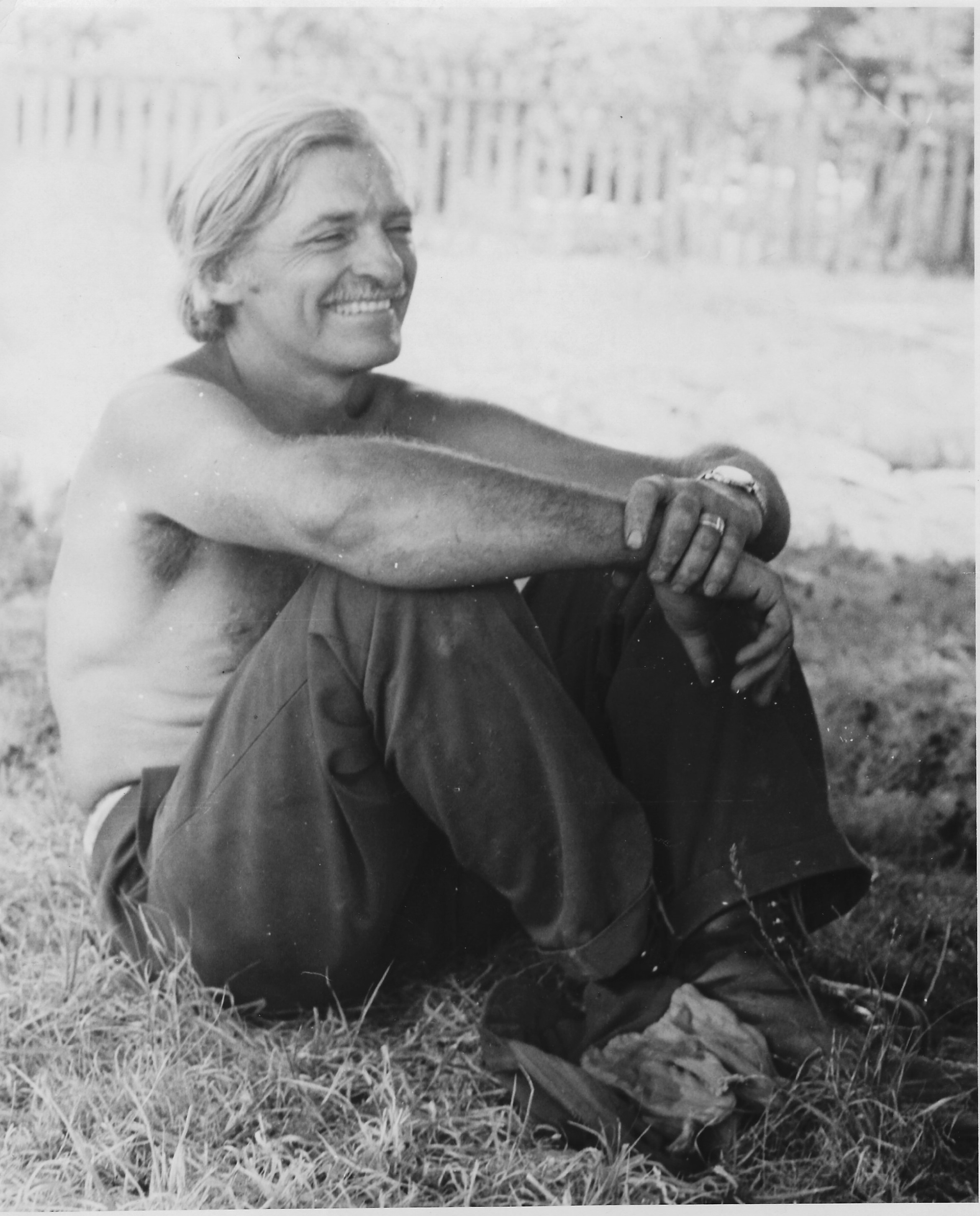Making the Leap: the Poetry of César Vallejo and Ralph Salisbury
DOI:
https://doi.org/10.22024/UniKent/03/tm.825Abstract
In her introduction to The Path on the Rainbow (1918), “the first authoritative volume of aboriginal American verse,” Mary Austin claims that one “will be struck at once with the extraordinary likeness between much of this native product and the recent work of the Imagists, vers librists, and other literary fashionables” (xvi). As a Cherokee-Shawnee-English-Irish-American poet publishing since the 1950s, one might be tempted to read Ralph Salisbury’s work in light of Ezra Pound. However, I argue that Salisbury’s free verse is not primarily influenced by Imagism’s objectivism, which, according to Robert Bly, is among the early twentieth century poetry “without spiritual life” and “without even a trace of revolutionary feeling—in either language or politics” ("A Wrong Turning" 22, 24); rather, I assert, a different modernist school informs Salisbury’s poetry: the surrealists, especially those from Latin America, like Peruvian mestizo César Vallejo. Reading Vallejo only as a surrealist limits his work; Vallejo is, more significantly, a forerunner to literary indigenism, who sought to develop “a poetics of the mestizaje” and whose work is grounded in poverty, war, as well as human suffering (Mulligan xlvi). Salisbury himself acknowledges that, in his mid-twenties, he “follow[ed] the example of […] surrealists” and, like Vallejo, explored “the land between sleep and waking” (So Far 230). Through his use of what Bly has described as “leaping poetry” in the work of Vallejo and others, Salisbury links outward images to inward emotion, allowing unexpected associations to form between his childhood on a Depression-era Iowa farm, his experiences in WWII, his anti-war activism, and his Cherokee culture. In so doing, like Vallejo before him, Salisbury goes beyond the “parlor games” of the surrealists to answer the call to produce “socially responsible art” (Mulligan xxxii).
Published
How to Cite
Issue
Section
License
Copyright (c) 2020 Crystal K Alberts

This work is licensed under a Creative Commons Attribution 4.0 International License.
Authors who publish with this journal agree to the following terms:
- Authors retain copyright and grant the journal right of first publication with the work simultaneously licensed under a Creative Commons Attribution License that allows others to share the work with an acknowledgement of the work's authorship and initial publication in this journal.
- Authors are able to enter into separate, additional contractual arrangements for the non-exclusive distribution of the journal's published version of the work (e.g., post it to an institutional repository or publish it in a book), with an acknowledgement of its initial publication in this journal.
- Authors are permitted and encouraged to post their work online (e.g., in institutional repositories or on their website) prior to and during the submission process, as it can lead to productive exchanges, as well as earlier and greater citation of published work (See The Effect of Open Access).

